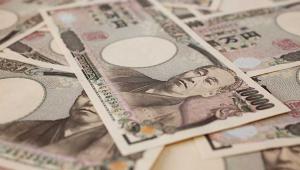An OECD report, presented in Tokyo today, forecast that Japan’s economy will grow by just 1% this year and 1.4% next year.
It praised action taken by Abe to end two decades of deflation and sluggish growth. Dubbed ‘Abenomics’, this ‘three-arrow’ plan comprises bold monetary policy, flexible fiscal policy and a growth strategy.
The initial results of the first two arrows were encouraging, the economic think-tank said, adding that nominal gross domestic product increased at a faster pace and inflation picked-up.
But it said the third-arrow was the most crucial component and without it monetary expansion and fiscal effort could not succeed in putting Japan on a path to faster growth and fiscal sustainability.
‘The unprecedented use of monetary expansion and flexible fiscal policies must be supplemented by rigorous implementation of Abenomics’ crucial “third arrow - structural reforms”,’ said OECD secretary general Angel Gurría.
‘Ambitious action is needed to raise productivity and boost Japan’s long-term growth potential, including by increasing women’s role in the labour market and stimulating innovation, to ensure higher living standards while ensuring the public debt burden remains sustainable.’
Japan’s public debt reached 226% of gross domestic product in 2014 – the highest level ever record in the OECD group of developed economies. Its budget deficit is around 8% of GDP.
The think-tank said fiscal consolidation is required to achieve a primary surplus by 2020, through cutting healthcare costs and reducing the growth of social spending. Other recommendations include increasing the consumption tax and broadening the base for personal income taxes.
Japan should also focus on tackling labour market dualism and target social spending on those who need it the most, introducing income tax credit for low-paid workers.








